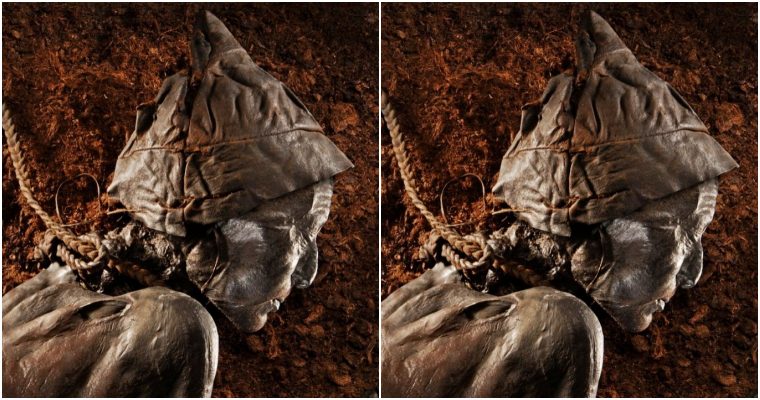New data from the NASA/ESA/CSA James Webb Space Telescope and the NASA/ESA Hubble Space Telescope compliment each other to provide a comprehensive view of the spiral galaxy Messier 74.

Messier 74, a grand design spiral galaxy located 32 million light-years away in the constellation of Pisces, shines at its brightest in this combined optical/mid-infrared image, featuring Webb and Hubble data. The red colors mark dust threaded through the arms of the galaxy, lighter oranges being areas of hotter dust. The young stars throughout the arms and the nuclear core are picked out in blue. Heavier, older stars towards the galaxy’s center are shown in cyan and green, projecting a spooky glow from the core of Messier 74. Bubbles of star formation are also visible in pink across the arms. Image credit: NASA / ESA / CSA / Webb / Hubble / J. Lee / PHANGS-JWST Team / R. Chandar / J. Schmidt.
Messier 74 is located some 32 million light-years away in the equatorial constellation of Pisces.
This spiral galaxy was discovered in September 1780 by the French astronomer Pierre Méchain.
Also known as the Phantom Galaxy, M74, NGC 628, LEDA 5974 and HIPASS J0136+15, Messier 74 has a diameter of 95,000 light-years.
Messier 74 is a particular class of spiral galaxy known as a grand design spiral, meaning that its spiral arms are prominent and well-defined, unlike the patchy and ragged structure seen in some spiral galaxies.
The galaxy is the brightest member of the M74 Group, a group of several spiral and irregular galaxies.
“Webb’s sharp vision revealed delicate filaments of gas and dust in the grandiose spiral arms of Messier 74, which wind outwards from the center of the Webb image,” Webb astronomers said.
“A lack of gas in the nuclear region also provides an unobscured view of the nuclear star cluster at the galaxy’s center.”

This Webb image shows the heart of Messier 74. Image credit: NASA / ESA / CSA / Webb / J. Lee / PHANGS-JWST Team.
Webb gazed into Messier 74 with its Mid-InfraRed Instrument (MIRI) in order to learn more about the earliest phases of star formation in the local Universe.
“These observations are part of a larger effort to chart 19 nearby star-forming galaxies in the infrared by the international PHANGS collaboration,” the astronomers explained.
“Those galaxies have already been observed using Hubble and ground-based observatories.”
“The addition of crystal-clear Webb observations at longer wavelengths will allow us to pinpoint star-forming regions in the galaxies, accurately measure the masses and ages of star clusters, and gain insights into the nature of the small grains of dust drifting in interstellar space.”

Messier 74’s spiral arms are studded with rosy pink regions of fresh star formation in this Hubble image. The beautiful reddish blooms that spread throughout the galaxy are huge clouds of hydrogen gas which are made to glow by the ultraviolet radiation from hot, young stars embedded within them. These regions HII regions mark the location of recent star formation and are an important target for both space- and ground-based telescopes. Image credit: NASA / ESA / Hubble / R. Chandar.
“Hubble observations of Messier 74 revealed particularly bright areas of star formation known as HII regions,” they added.
“Hubble’s sharp vision at ultraviolet and visible wavelengths complements Webb’s unparalleled sensitivity at infrared wavelengths, as do observations from ground-based radio telescopes such as the Atacama Large Millimeter/submillimeter Array (ALMA).”
“By combining data from telescopes operating across the electromagnetic spectrum, we can gain greater insight into astronomical objects than by using a single observatory — even one as powerful as Webb.”
source: sci.news








